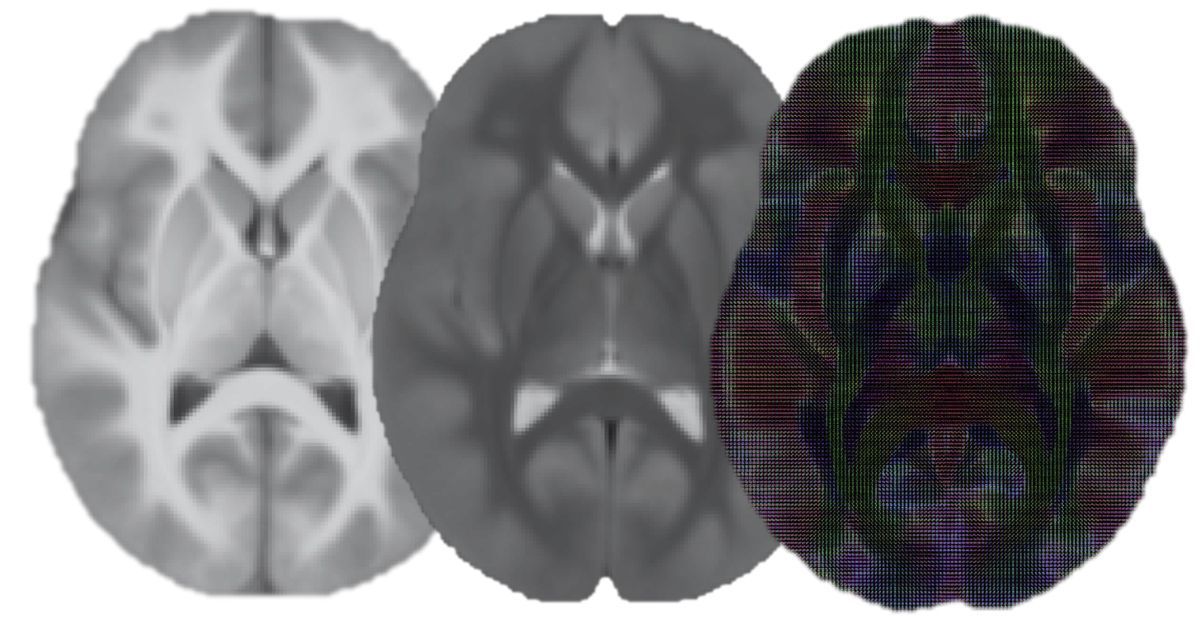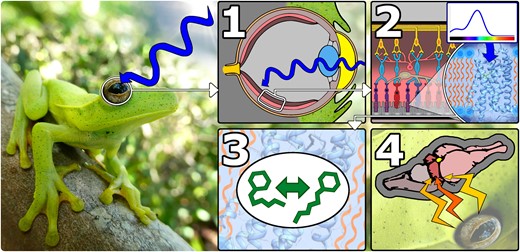2024-06-17 ヒューストン大学(UH)
<関連情報>
- https://uh.edu/news-events/stories/2024/june/0617-zvolensky-nborhoods-smoking-risk.php
- https://www.tandfonline.com/doi/full/10.1080/10826084.2024.2360092
禁煙に対する期待と禁煙時の問題の深刻さにおける近所の警戒心 Neighborhood Vigilance in Terms of Abstinence Expectancies for Smoking and Severity of Problems When Quitting
Michael J. Zvolenskya,Bryce K. Clausen,Justin M. Shepherd&Brooke Y. Redmond
Substance Use & Misuse Published: 03 Jun 2024
DOI:https://doi.org/10.1080/10826084.2024.2360092
Abstract
Background: Although social determinants of health (SDoH) have increasingly been understood as clinically important factors in the onset, maintenance, and relapse of substance use behavior, little research has evaluated neighborhood vigilance in terms of smoking. Objectives: The present investigation sought to evaluate the role of neighborhood vigilance in terms of smoking abstinence expectancies (i.e., perceived consequences of refraining from smoking, including negative mood, somatic symptoms, harmful consequences, and positive consequences) and severity of problems when trying to quit among adults who smoke. Results: Participants included 93 treatment-seeking people who smoke (45.2 years of age and 29% identified as female). Results: indicated that greater levels of neighborhood vigilance were associated with negative mood and harmful consequences abstinence expectancies. No effect was evident for somatic symptom abstinence expectancies after Bonferroni correction. Conclusions: As expected, neighborhood vigilance was not predictive of positive abstinence expectancies, offering explanatory specificity. Neighborhood vigilance was also associated with more severe problems when trying to quit smoking. The current findings suggest neighborhood vigilance represents an important contextual factor involved in certain negative beliefs about abstinence and challenges in quitting.



